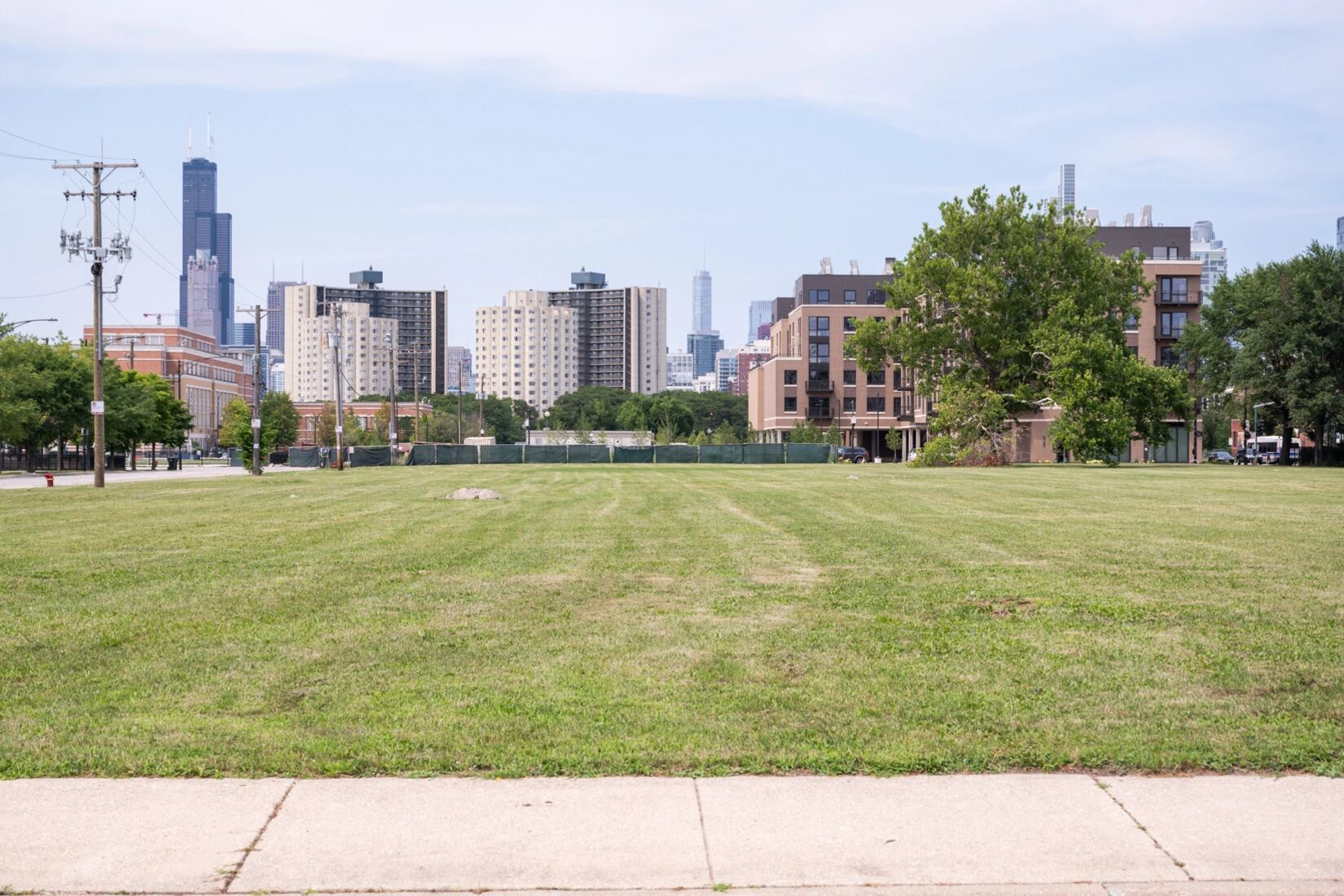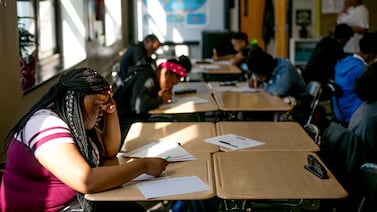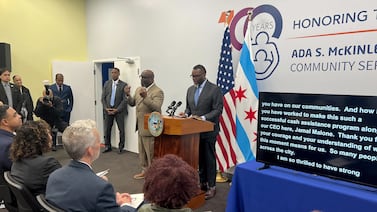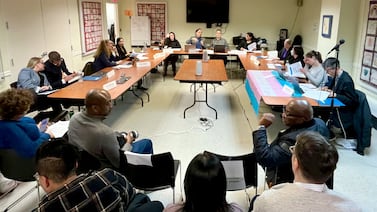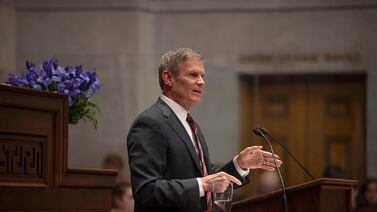Residents who want to learn more about the proposed Near South Side high school will have several chances to weigh in at a series of six virtual meetings hosted by Chicago Public Schools beginning this week.
The first meeting runs from 6-8 p.m. Jan. 19 and will offer Spanish, Chinese, and American Sign Language interpretation. Subsequent meetings will take place Feb. 16 and March 16. Residents can register to attend virtually here.
Controversy has surrounded the plan since it was reintroduced by CPS last year. Early proponents like State. Rep. Theresa Mah withdrew support after accusing school officials and city leaders of not engaging the community in good faith. That led to a war of words between Mah and Ald. Pat Dowell (3rd), who accused the state representative of nixing the proposal because it isn’t in her district.
A coalition of residents and activists led by Lugenia Burns Hope Center and People Matter have held several community meetings — and protests outside City Hall — calling on Mayor Lori Lightfoot to come up with alternative plan. They believe the move will only further the racial divide by pulling students out of existing schools nearby and possibly result in additional school closures with the moratorium imposed by the state ending in 2025.
But advocates like freshman Ald. Nicole Lee (11th) say a new open-enrollment high school for the area is long overdue as families have been dealing with a “high school desert” for decades.
Of the three public high schools between Bronzeville and the South Loop — Jones College Prep (a selective enrollment school), Dunbar Vocational, and Wendell Phillips Academy — the latter two serve a high percentage of low-income students and rank in the bottom half of schools statewide based on standardized testing and graduation rates.
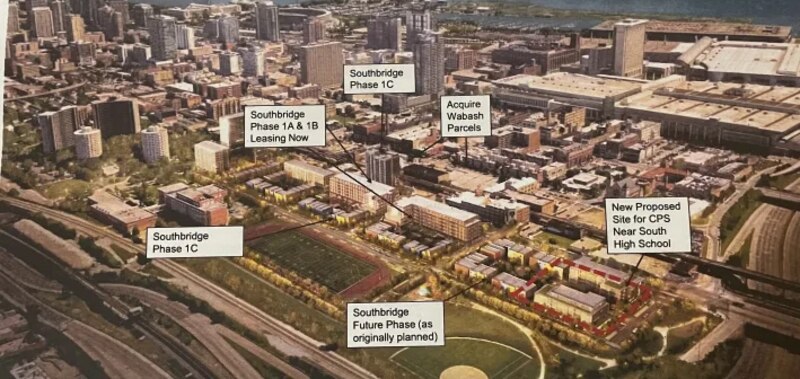
The $150 million school would be built on the former site of Chicago Housing Authority’s Harold Ickes Homes and serve 1,200 students living in parts of Chinatown, Amour Square, Bridgeport, Bronzeville, and the South Loop. Thirty percent of enrollees would be Black, the bulk of which would come from families residing in the Southbridge mixed-income development where 244 affordable units are in the process of being built.
The city council approved the use of $8 million in tax increment financing in December, several months after CPS entered a land lease agreement with CHA in July 2022. Under the agreement, the housing agency will lease 1.7 acres of the former public housing site near 24th and State Streets to the district for 99 years, reverting to CHA’s control in the event the school isn’t built.
Lugenia Burns Hope Center Executive Director Roderick Wilson told Block Club in a recent interview that the coalition will keep fighting. They’d rather see the money reinvested in existing schools.
“Neither CPS or CHA did any real community engagement to find out what the community wanted. If they were actually listening, they wouldn’t be pushing this,” said Wilson.
This story was originally published by Block Club Chicago.


